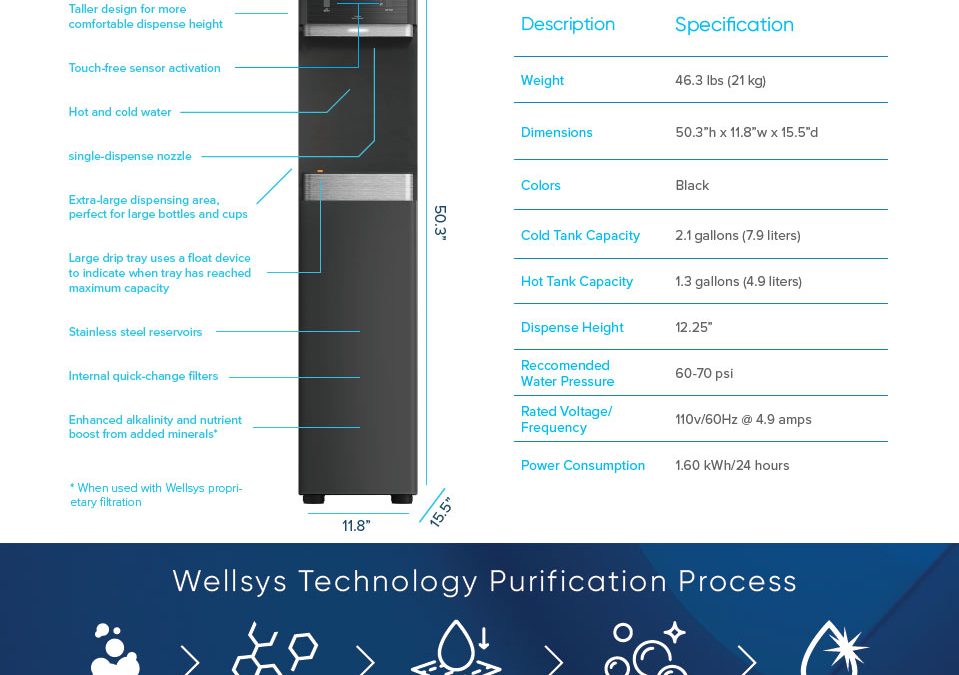Common Waterborne Contaminants
Microbial and organic contaminants cannot always be detected by human senses. You might go years before realizing a problem exists. Many folks never become suspicious until people in the community start to get sick. Water near agricultural areas may contain harmful organic material from pesticide or fertilizer application. Chemicals from pesticides and fertilizers in water may increase cancer risk and reproductive problems, and can impair eye, liver, kidney, and other body functions. Similar problems can result from exposure to water near industrial plants.
Even if you cannot see, taste or smell the contaminants, there are resources available to help you detect and treat the issues. Find a laboratory and/or a local water professional to help you perform a water analysis
Effects of Waterborne Contaminants on Health
The U.S. EPA has set standards for more than 80 contaminants that may occur in drinking water and pose a risk to human health. The contaminants fall into two groups according to the health effects that they cause.
Acute effects occur within hours or days of the time that a person consumes a contaminant. People can suffer acute health effects from almost any contaminant if they are exposed to extraordinarily high levels (as in the case of a spill). In drinking water, microbes, such as bacteria and viruses, are the contaminants with the greatest chance of reaching levels high enough to cause acute health effects.
Most people’s bodies can fight off these microbial contaminants the way they fight off germs, and these acute contaminants typically don’t have permanent effects. Nonetheless, when high enough levels occur, they can make people ill, and they can be dangerous or deadly for a person whose immune system is already weakened.
Chronic effects occur after people consume a contaminant at levels over EPA’s safety standards over the course of many years. The drinking water contaminants that can have chronic effects include chemicals (such as disinfection byproducts, solvents and pesticides), radionuclides (such as radium), and minerals (such as arsenic). Examples of these chronic effects include cancer, liver or kidney problems, or reproductive difficulties.
Contaminants of Emerging Concern
What Are They?
Sometimes chemicals that had not previously been detected (or were previously found in far lesser concentrations) are discovered in the water supply. These chemicals are known as “contaminants of emerging concern” or simply “emerging contaminants.” Emerging contaminants are important because the risk they pose to human health and the environment is not yet fully understood.
Pharmaceuticals, personal care products (PCPs) and endocrine disrupting compounds (EDCs) are among the prime examples of emerging contaminants. Up to 90% of oral drugs pass through the human body and end up in the water supply. Personal care products (soaps, cosmetics, fragrances, etc.) also find their way into our water. Endocrine disruptors are substances that may interfere with the function of hormones in the body. Trace amounts of these contaminants are being discovered in water throughout the country. The U.S. EPA is working to improve its understanding of several emerging contaminants, including perchlorate, pharmaceuticals, PCPs and EDCs.
Should I be Concerned?
With advances in testing and health research, experts are learning of new potential dangers in our drinking water. In many cases, the possible harms are not yet fully known.
How Do I know If They’re in My Water?
Home testing for many newly discovered threats does not yet exist. In some cases, state laboratories can test for these contaminants or local professionals can provide water treatment to address them. Public health advocacy agencies and government bodies also conduct surveys to find some of these contaminants.
How Can I Prevent Them?
To feel confident you are protecting yourself against contaminants, you should seek devices that have been rigorously tested and certified to independent standards. Experts in testing are constantly working to develop new standards to meet emerging threats. To find options, explore WQA’s directory of certified products or find a local professional who will take you through the steps to treat your water.

